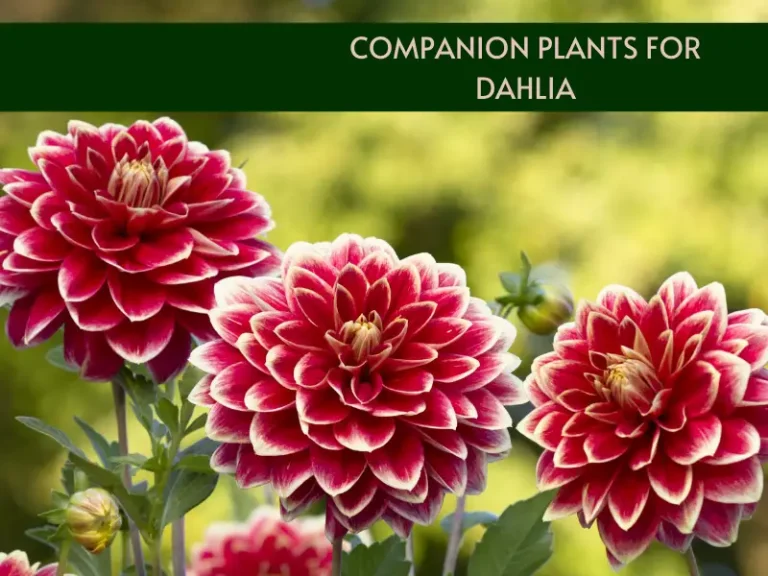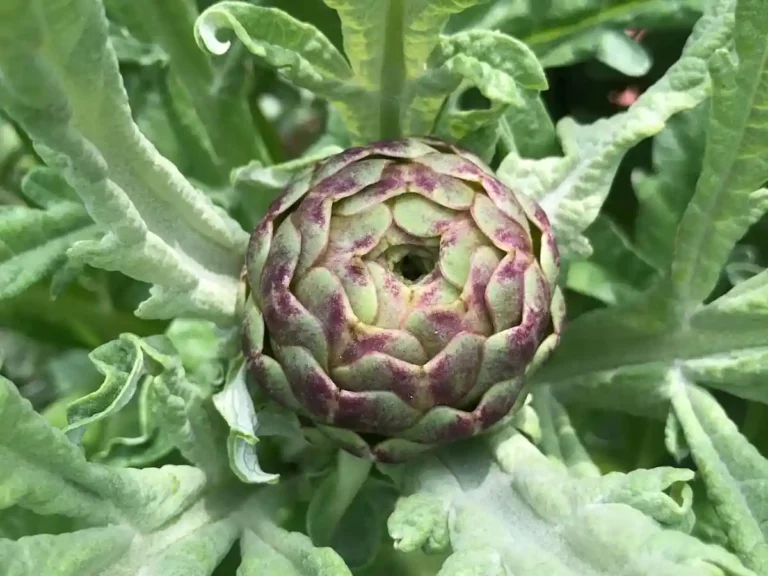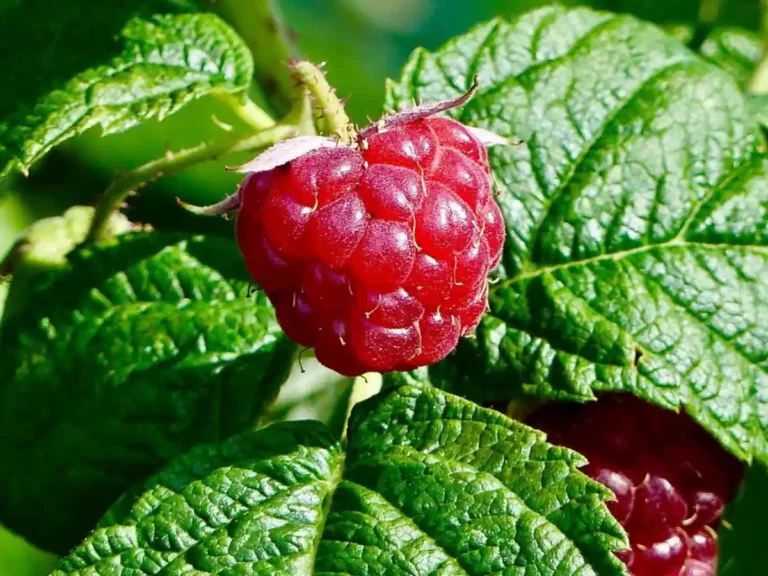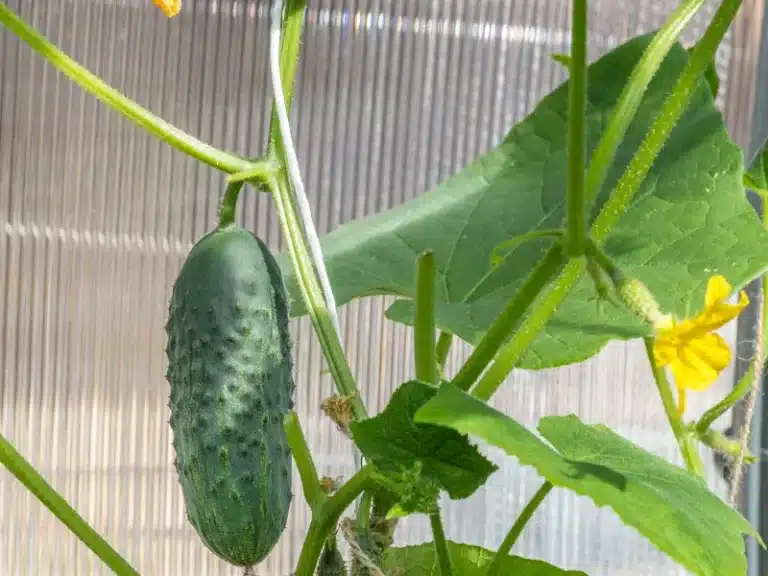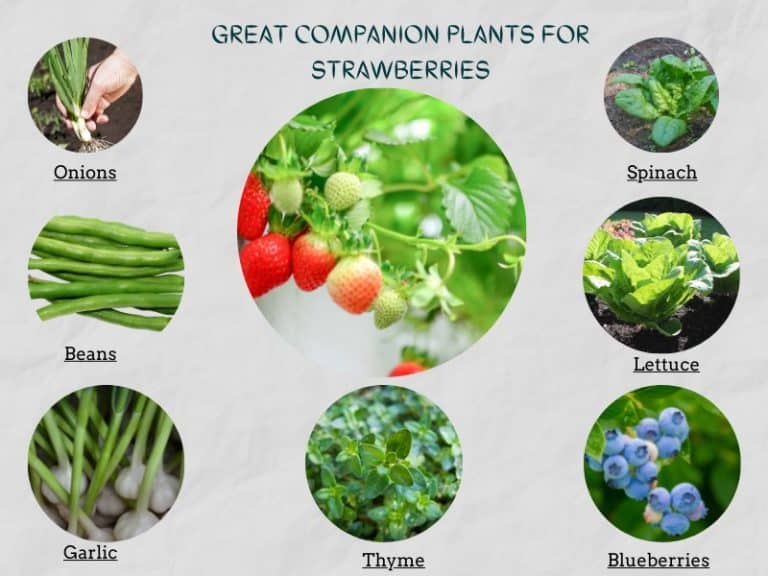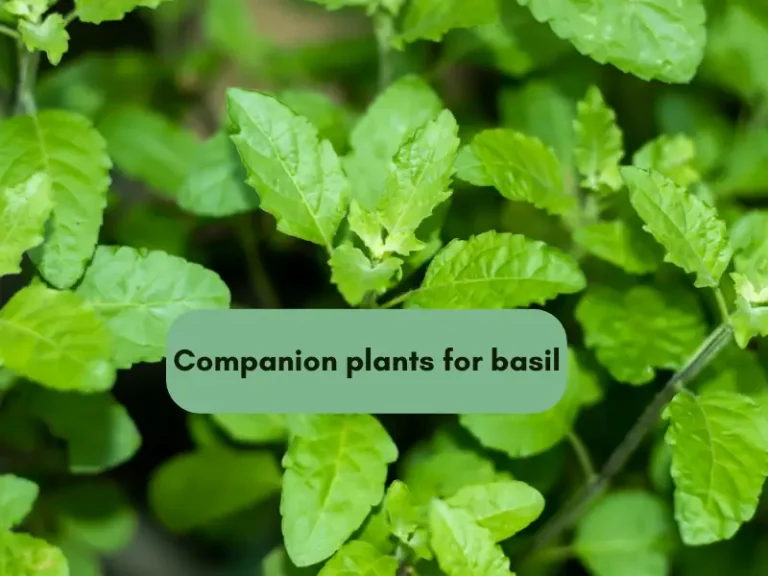8 Companion Plants for Yarrow + 2 Bad Pairs
Companion planting with yarrow (Achillea millefolium) will save you on garden space, improve the garden’s aesthetics, and enrich the soil. Yarrow attracts pollinators and predatory insects that feed on pests, making it of great benefit to other plants.
However, not all garden plants pair up well with yarrow, and it’s best to know which ones do to avoid making the wrong plant pair decision.
8 Best Companion Plants for Yarrow
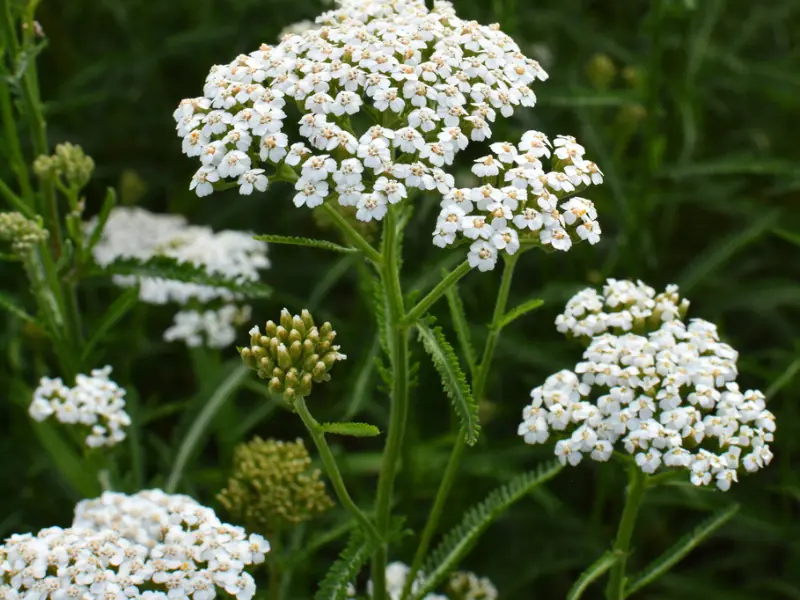
The rule of thumb is to pair yarrow with companions that bloom at the same time as yarrow or those with similar environmental requirements.
The best companion plants for yarrow are grape vines, brassicas, lavender, common winterberry, rosemary, columbine, witch hazel, and American beautyberry.
1. Grape vines
The vivid colors of yarrow flowers attract ladybugs, butterflies, and other pollinators to the garden, providing these beneficial insects with nectar and a place to live. These pollinators facilitate fruit production in fruit trees, such as grape vines, resulting in higher yields.
Moreover, despite yarrow’s potent smell, it doesn’t affect the flavor of grapevine fruits. This is an essential aspect since grapes are used to make wine, and the variances in flavor are used to determine the quality of the wine produced.
2. Brassicas
One of the beneficial insects that yarrow attracts is the braconid wasp. The larvae of braconid wasps feed on caterpillars that readily infest brassicas. Therefore, pair the brassicas with yarrow to minimize caterpillar damage to your edible brassica leaves.
Note: Common examples of brassicas include cabbage, cauliflower, broccoli, and kale.
Yarrow also attracts other predatory insects like ladybugs, lacewings, and hoverflies. These beneficial insects feed on a wide range of brassica pests, including cabbage loopers and cabbage worms.
Vegetables like brassicas require lots of nutrients for better taste. On the other hand, yarrow adds these essential nutrients to the soil. Therefore, by pairing the two, you’ll end up with a flavorful and nutritious vegetable harvest.
Note: Brassicas also like cool conditions, and the shade from the taller yarrow plants provides this to some extent.
3. Common winterberry
If you’re keen on growing common winterberries, pairing them up with yarrow is a great way to keep the garden looking green in the winter when the common winterberry leaves fall off.
Yarrow is a cold-hardy, semi-evergreen whose leaves stay green deep into the cold season and may only die back in places with harsh winters.
Common winterberry and yarrow also share the exact care requirements and growing conditions, making them a good companion plant pair. They both thrive in full-partial sunlight, and well-draining soil, and are hardy in USDA zones 4-8.
Common winterberry produces small, red berries in the winter, commonly used to make syrups. To improve your common winterberry fruit yield, pair it up with soil-enriching yarrow.
4. Rosemary
If you’re interested in aromatherapy gardening but aren’t particularly fond of the pungent smell of yarrow, consider pairing it up with rosemary. The energizing scent of rosemary will tone down that of yarrow, while you’ll still be able to enjoy the pest-repellent benefits of yarrow.
Also, insect pests like aphids feed on aromatic herbs like rosemary. You can control such pests by inter-planting rosemary with yarrow, which will attract predatory wasps, lacewings, and ladybugs that feed on aphids and other insect pests.
Note: Yarrow leaves have a licorice scent that repels insect pests that prefer rosemary, such as leafhoppers and spittlebugs.
5. Columbine
Sometimes, you want a flower garden that blooms throughout the year, if not most of it. The problem is that most flowering garden plants have short bloom periods, usually in the summer.
One way to solve this problem is by inter-planting plants which bloom at different times of the year, such as columbine and yarrow.
Columbine is an early bloomer and will fill your garden with vibrant yellow and red flowers from early-mid spring. Just as the columbine bloom season ends in late spring, the yarrow flowers will take over from early summer-late summer.
By deadheading spent yarrow flowers, you can extend the bloom season into late fall. Cut off the brown, faded flowers to trigger yarrow into reblooming.
Columbine only grows to a height of 2-3 feet at full maturity, which is shorter than yarrow plants which typically reach 4 feet at maturity.
Nevertheless, this doesn’t present a shading problem for columbine, as it can grow in full or partial shade conditions.
6. Witch hazel
Witch hazel trees are great companions for yarrow since they have similar environmental and care requirements. Both can tolerate a wide range of soil conditions, including alkaline soil. Witch hazel and yarrow also prefer free-draining soil and total sunlight exposure.
Yarrow also benefits witch hazel trees when mowed and turned into the soil. The yarrow decomposes and fills the topsoil with essential nutrients. Since witch hazel thrives in rich soil with lots of organic matter, it’s able to grow more vigorously.
Note: Witch hazel produces yellow and orange flowers in the fall, and the blooms last throughout winter, keeping the garden looking bright in the cold season when the yarrow bloom season is over.
7. American beautyberry
You can pair yarrow with American beautyberry for a visually striking garden. The purple flowers of American beautyberry plus white, orange, and red flowers of yarrow combine to form a colorful spectacle.
Both yarrow and American beautyberry plants attract bees, butterflies, and other insect pollinators, making them a great combination if you have a fruit garden.
Moreover, as yarrow goes dormant from late summer-fall, American beautyberry will keep your garden looking great with lush green foliage and purple blooms.
Despite growing to a height of 6-20 feet, which is taller than yarrow, this shouldn’t be cause for concern, as yarrow tolerates partial shade.
8. Lavender
Aesthetic-wise, yarrow, and lavender are a good pair. The vibrant white, red, orange, and yellow shades of yarrow blooms blend well with the purple-colored lavender flowers, resulting in a beautiful flower garden.
Yarrow also boosts the growth and development of lavender by adding nutrients to the soil. Its deep roots absorb essential nutrients like potassium, calcium, phosphorus, and magnesium as they grow downwards into the ground.
Therefore, when you cut down old yarrow plants and leave them to decompose in the garden, they enrich the topsoil with these nutrients, which the living yarrow plants and lavender can benefit from.
Plants NOT to Pair with Yarrow
Avoid pairing yarrow with garden plants that are highly susceptible to powdery mildew fungal infection and sun-loving plants that grow shorter than yarrow (4 feet). Examples of plants that you shouldn’t interplant with yarrow include aster, cucumber, pumpkins, melons, zucchini, and squash.
Aster
Aster is a sun-loving plant but only grows up to 18-inches at maturity. By comparison, yarrow typically grows to 2-4 feet. Thus, when paired with yarrow, the shorter aster plants will be shaded out, resulting in growth problems.
Other sun-loving garden plants that shouldn’t be paired with yarrow due to the high possibility of growth problems caused by shading include butterfly weed and bee balm.
- Butterfly weed- 1-2 feet mature height
- Bee balm- 2-4 feet mature height
Cucumber
Avoid pairing yarrow with cucumber, as both are prone to powdery mildew infestation. Whenever two plants are highly susceptible to a particular fungal disease, it’s not wise to plant them close together, as the infection will likely spread faster.
Note: Other garden plants vulnerable to powdery mildew and shouldn’t be inter-planted with yarrow include pumpkins, melons, and zucchini.
References
- Clemson Cooperative Extension- Home and Garden Information Center (HGIC): Rain Garden Plants- Achillea millefolium (Yarrow)
- Michigan State University (MSU) Extension, Native Plants and Ecosystem Services: Columbine- Aquilegia canadensis L.


